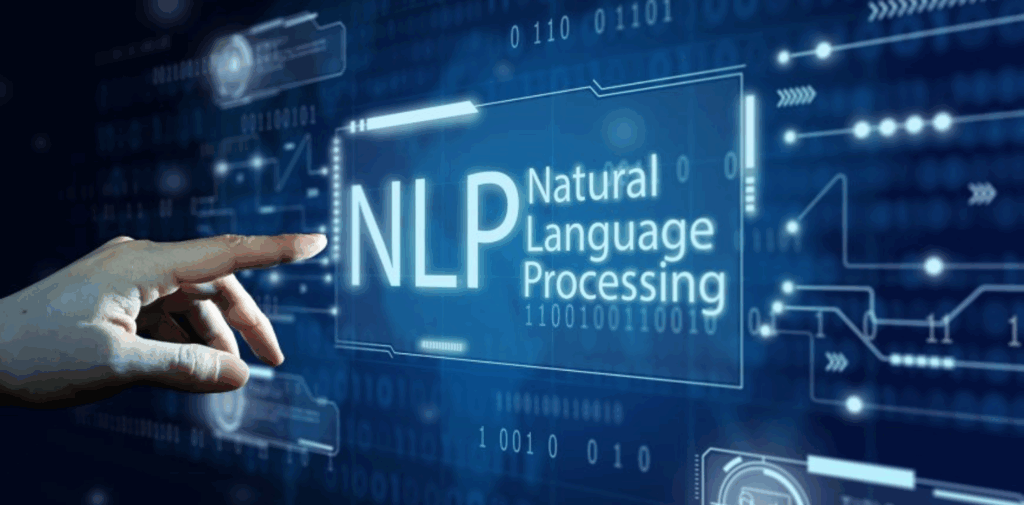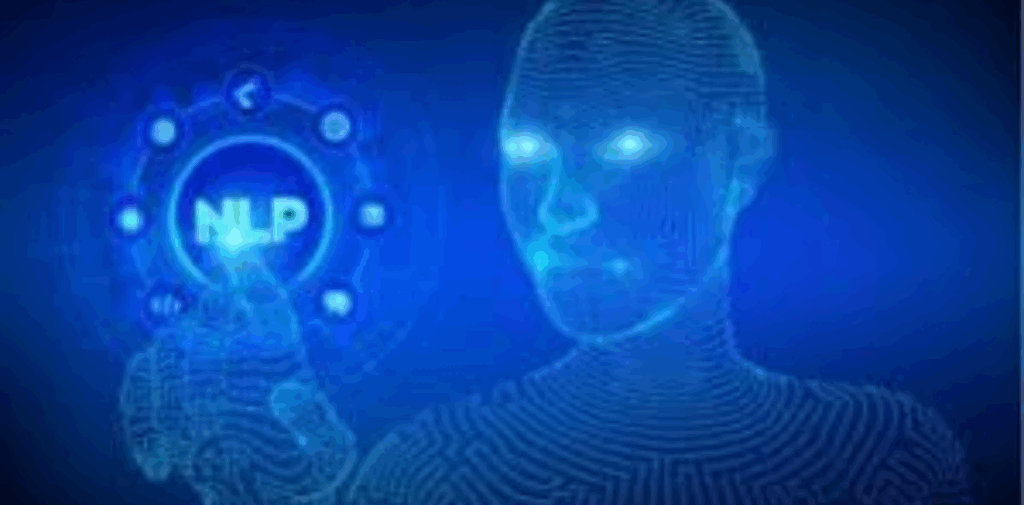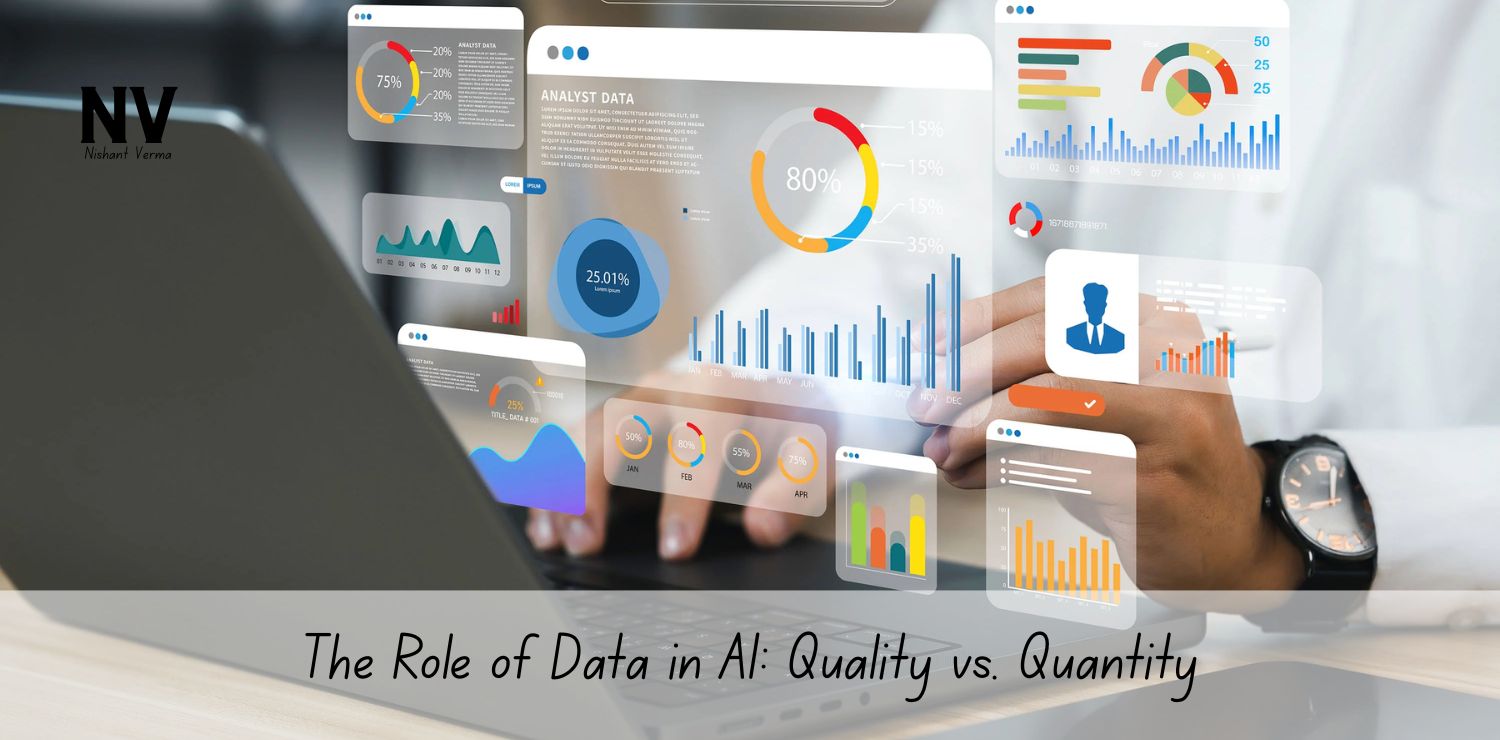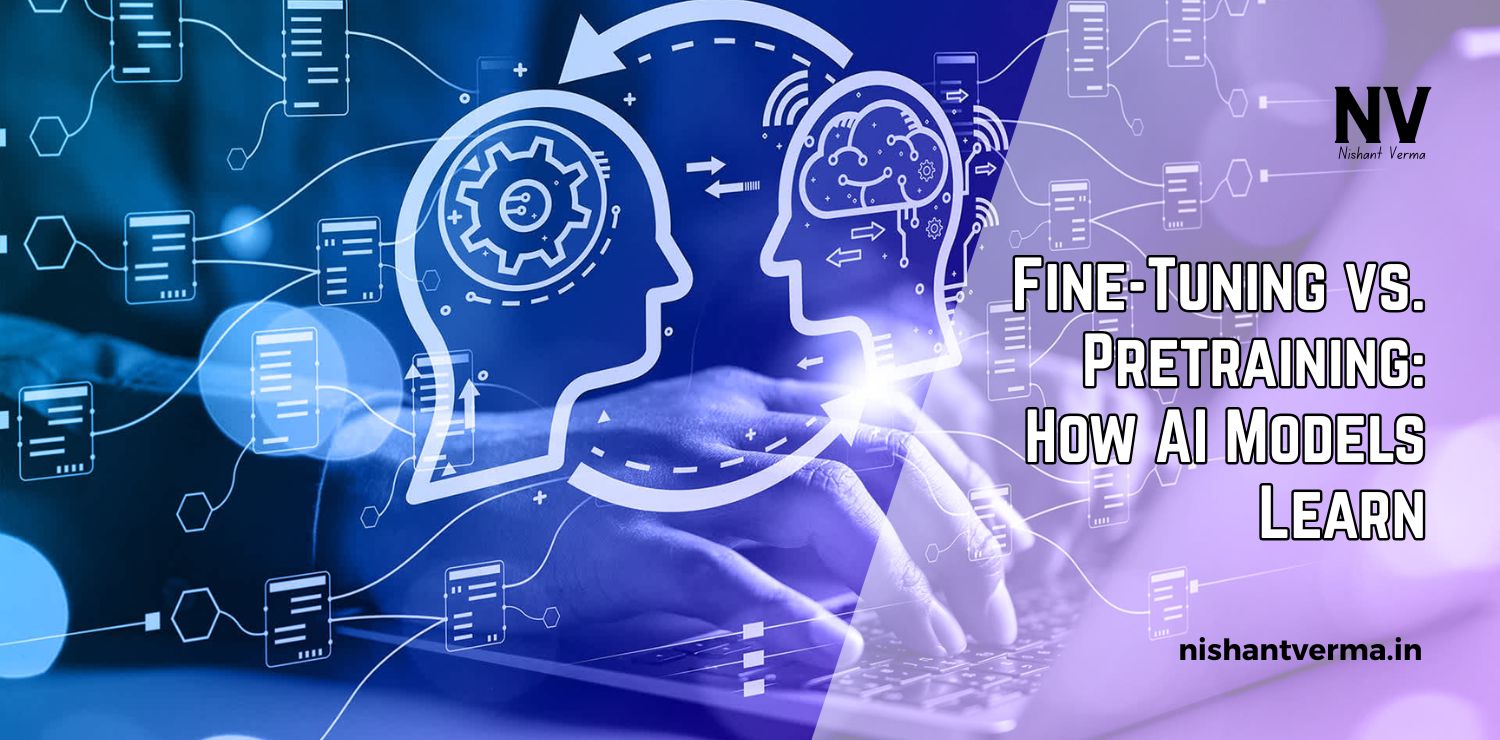Have you ever wondered how your phone understands your voice when you say “Ok Google” or how Google Translate converts Hindi sentences into English in just a few seconds? Or how do chatbots on shopping websites answer your queries in real-time? The secret behind all these smart actions is a powerful technology called Natural Language Processing, or NLP.
NLP is one of the most exciting and useful branches of Artificial Intelligence (AI). It focuses on helping computers understand, interpret, and respond to human language — just like we do when we talk to each other.
For Indian users who use multiple languages daily, NLP plays a big role in making technology more accessible and user-friendly. Let’s dive deep into how NLP works, why it matters, and how it’s changing our everyday lives in India.

What is Natural Language Processing (NLP)?
Natural Language Processing is a field of computer science and AI that teaches machines to understand human language — whether it’s spoken or written. Just like humans learn grammar, meaning, and tone in a language, NLP helps machines do the same.
The interesting part is that NLP doesn’t just focus on English. It can be used for any language — Hindi, Tamil, Bengali, Marathi, or even Hinglish! This makes it especially important for a multilingual country like India.
NLP combines two major areas: linguistics (the science of language) and computer science (the science of programming and algorithms). When combined, they help computers read, listen, and even respond to humans in a meaningful way.
How Does NLP Actually Work?
NLP may sound magical, but behind the scenes, it’s a mix of smart techniques and clever algorithms. Let’s break it down step-by-step in a way that’s easy to understand.
- Text or Speech Input: First, the system needs input. This could be anything from a typed sentence, a voice command, or even a WhatsApp message.
- Language Processing: The system breaks the sentence into small parts (called tokens). For example, the sentence “I want to buy a new phone” becomes [“I”, “want”, “to”, “buy”, “a”, “new”, “phone”].
- Understanding Meaning: Then it tries to understand the meaning of these words and how they relate to each other. It checks grammar, context, and even the tone.
- Responding Intelligently: Based on the meaning, it gives a smart response. This could be a reply in a chatbot, a translation, a voice command action, or a search result.
Behind each of these steps, there are many complex tools like Machine Learning (ML), Deep Learning, and Neural Networks. But don’t worry, the beauty of NLP is that users never have to worry about how complicated it is — they just see the result!
Where Do We See NLP in Everyday Life in India?
You might be surprised to know that you’re already using NLP many times a day without even realizing it. Here are some examples that are very relatable for Indian users:
- Voice Assistants like Alexa, Siri, and Google Assistant that understand Hindi and regional languages.
- Language Translation Apps like Google Translate, help you understand foreign languages or even help tourists in India communicate with locals.
- Customer Support Chatbots on websites like IRCTC, Paytm, Swiggy, and Flipkart handle thousands of queries daily in multiple languages.
- Speech-to-Text Typing tools that convert your voice into text when sending WhatsApp messages or writing notes.
- Social Media Platforms that detect hate speech or filter out abusive content automatically.
With the rise of digital India, mobile penetration, and the use of local languages online, NLP has become more relevant than ever.

Challenges of NLP in the Indian Context
While NLP has come a long way, it’s still not perfect — especially in India, where things get tricky due to the diversity of languages and dialects.
- Multiple Languages and Scripts: India has 22 official languages and hundreds of dialects. Plus, many people write in Hindi using the English script (Hinglish), like “Aap kya kar rahe ho?”. This makes it hard for computers to understand.
- Code-Switching: Indian people often mix two or more languages in one sentence. For example, “Mujhe ek coffee chahiye, please.” NLP tools need to be smart enough to understand this mix.
- Accents and Pronunciations: Speech-based NLP struggles with Indian accents and pronunciations. Words like “data” may be pronounced differently in Delhi and Chennai!
- Lack of Quality Datasets: To train an NLP system, a lot of language data is needed. For many Indian languages, this data is still limited or not well organized.
Despite these challenges, many Indian startups and global tech companies are working to improve NLP models for Indian users. With the support of AI researchers and local developers, the progress is promising.
The Future of NLP in India
The good news is that NLP is improving rapidly, and its impact in India is only going to grow. Here’s what we can expect in the coming years:
- Better Language Support: More apps will support Indian regional languages for voice commands, customer service, and news reading.
- Smart Education Tools: Students will be able to learn in their mother tongue through AI tutors powered by NLP.
- Healthcare and Legal Support: Patients in rural areas could describe their symptoms in local languages, and doctors would receive translations in real-time.
- Digital Government Services: Public services can reach more people through AI-powered helplines in local languages.
In fact, the Government of India is already working on projects like Bhashini, which aims to make the internet accessible in all Indian languages using AI and NLP. This is a major step toward true digital inclusion.

Final Thoughts: Why NLP Matters to You
In today’s world, where we are constantly connected to our phones, apps, and the internet, NLP is like a silent friend that helps us communicate better. Whether you’re booking a cab in Mumbai, ordering biryani online in Hyderabad, or studying from home in a small town in Bihar, NLP is quietly making your experience smoother and more efficient.
As technology continues to grow in India, understanding the basics of NLP can help you appreciate how AI is changing our lives — not just in English, but in every language that we speak. It’s not just a tool for tech experts; it’s a bridge between humans and machines, and it speaks our language.
So the next time you say “Play Arijit Singh songs” to your smart speaker, remember — it’s NLP doing the magic behind the scenes.




